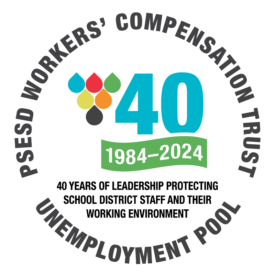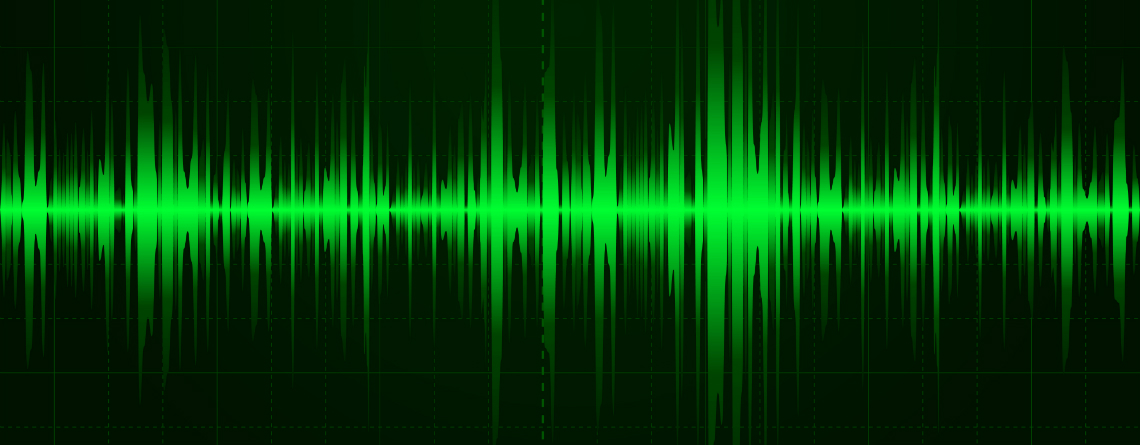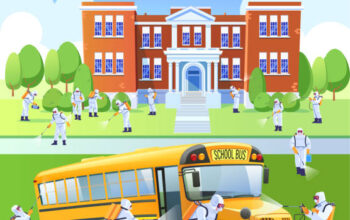Safety and the Supervisor’s Responsibility
The responsibility for the health and safety of assigned employees is primarily vested in the supervisor. Supervisors play a critical role in ensuring understanding of safety practices and providing incentive to do things right. At the same time, supervisors have an affirmative responsibility to set up and maintain an effective safety program. The key principles include: personal protection, safe work environment, proper equipment maintenance, safety education, safe work practices, departmental supervision and control, records, inspections, investigations and analysis.
The subsequent information is a list of some of the principal responsibilities that supervisors have in the area of health and safety. This information is provided to help you reach your safety goals and to clearly define the supervisor’s role in safety.
Development of Proper Attitudes
One often overlooked factor that management must comprehend is the safety culture of the workgroup or department. It is not enough to look at the environmental and procedural factors involved, management must go beyond that and focus on the attitudes and behaviors of the employees towards safety. Behavioral-based causal factors play a large role in accident causation and may, in fact, be a major underlying contributor to why your organization is having injuries. If you have a poor safety culture you will have frequent injuries. The supervisor is responsible for the development of the proper attitude toward health and safety in all workers under his/her supervision. There is no single way to develop such an attitude. However, the following two activities will help promote the development of a positive attitude:
- Personal Example – the supervisor must set the proper example by his/her personal behavior. When a work area or situation requires personal protective apparel, the supervisor must also use the necessary apparel. In addition, the supervisor must never act unsafely or violate a safety rule or an established safe work practice.
- Acceptance of Responsibilities – the supervisor can best convince other employees of the importance of health and safety issues by carrying out his/her safety responsibilities conscientiously and with conviction.
Knowledge of Safe Work Procedures
The supervisor is responsible for knowing the safe work procedures that must be used to perform each job task. It is also his/her responsibility to know what personal protective equipment is needed for each task and how this equipment must be properly used and maintained. This can be accomplished by performing a simple job hazard analysis.
What is a job hazard analysis (JHA)? A job hazard analysis is a technique that focuses on job tasks as a way to identify hazards before they occur. It focuses on the relationship between the worker, the task, the tools, and the work environment. Ideally, after you identify uncontrolled hazards, you will take steps to eliminate or reduce them to an acceptable risk level.
Safety Training
It is the supervisor’s responsibility to train and instruct employees so they can perform their work safely. This includes the proper use of machinery, hand tools, and the use of chemicals and other hazardous materials. The supervisor should also stress the importance of proper body mechanics and lifting techniques to prevent back and other related injuries. Special attention and instruction should be given to new employees or employees who have been recently assigned to a new job. All training provided by the supervisor should be documented.
Enforcement of Safe Work Practices and Regulations
It is the supervisor’s responsibilities to enforce safe work practices and procedures. Failure to do so invites in an increase in unsafe acts and conditions. Sometimes there is no down side to neglecting safe practices. If there are simply no consequences for sloppy work habits, arrange consequences. Consistently point out unsafe practice to employees who are working unsafely. Don’t wait until an accident occurs. Praise employees who take proper safety precautions.
Obstacles can be attitudes or routines, such as “that’s just the way it’s done here.” As soon as you become aware that there may be an obstacle to safe performance, identify it and eliminate it.
Conducting Planned Observations
The supervisor should conduct planned observations of his/her employees for the purpose of insuring compliance with safe work procedures. Whenever unsafe acts are observed, the supervisor should inform the worker immediately and explain why the act was unsafe. Depending upon the circumstance, disciplinary action may be warranted.
Direct observation of the workplace helps to highlight other hazards that have not been already identified. For occasional or irregular activities, maintenance work and similar you may need to seek further information.
Conducting Planned Safety Inspections
The supervisor should conduct periodic inspections of tools, vehicles, machinery and assigned work areas. Planned inspections are an effective and systematic method of discovering physical conditions that could contribute to a work injury.
Conducting Safety Meetings
The supervisor should periodically conduct safety meetings to help increase safety awareness and keep employees informed about their organization’s health and safety programs. Safety meetings should be kept short and cover relevant topics such as recent job accidents or specific job hazards.
Correcting Unsafe Conditions
The supervisor should take immediate steps to correct unsafe conditions within his/her authority and ability. When an unsafe condition cannot be immediately corrected, the supervisor should take temporary precautionary measures. A follow-up system should also be used to ensure that corrective measures are completed in a timely fashion.
Investigating Accidents
The supervisor is responsible for conducting accident investigations as soon after the accident as possible. All the facts and opinions regarding the causes of the accident should be compiled and documented on your districts accident/incident report form.



